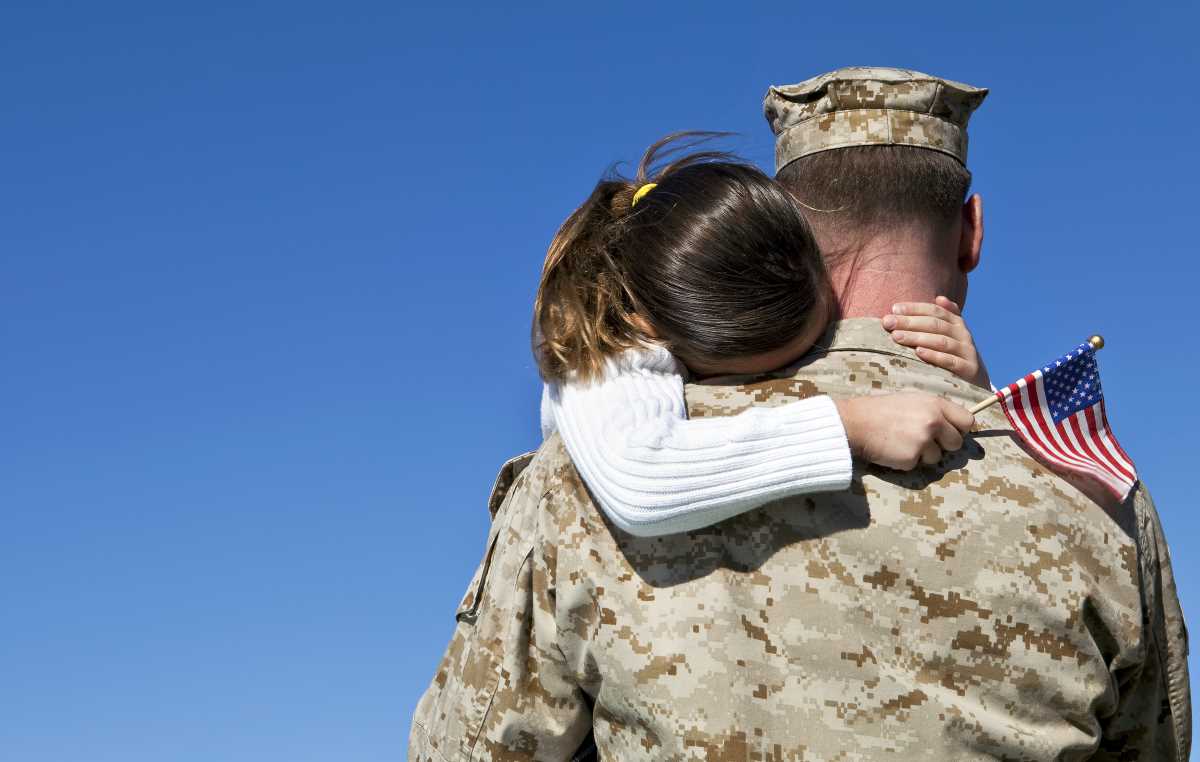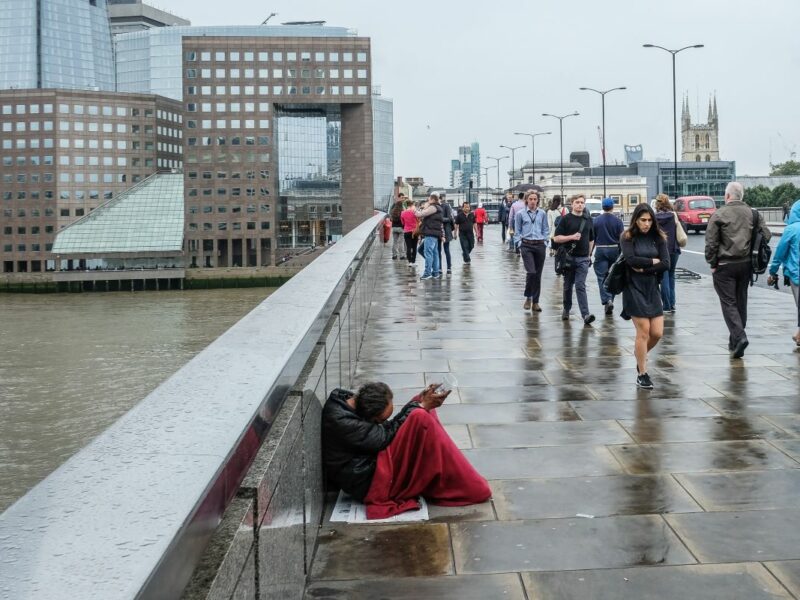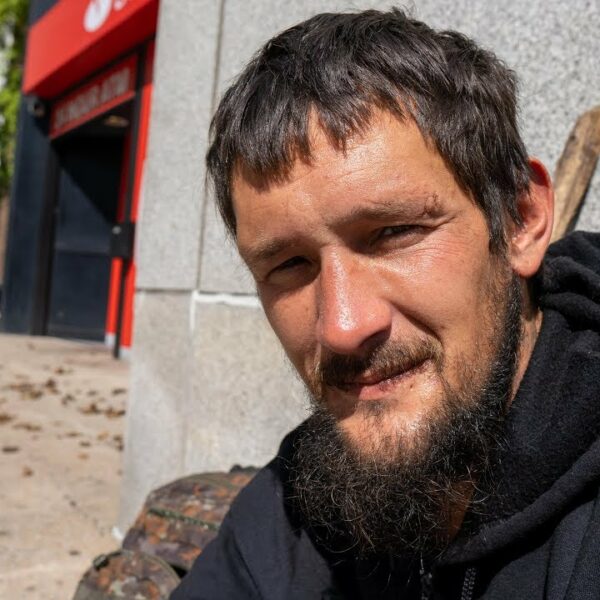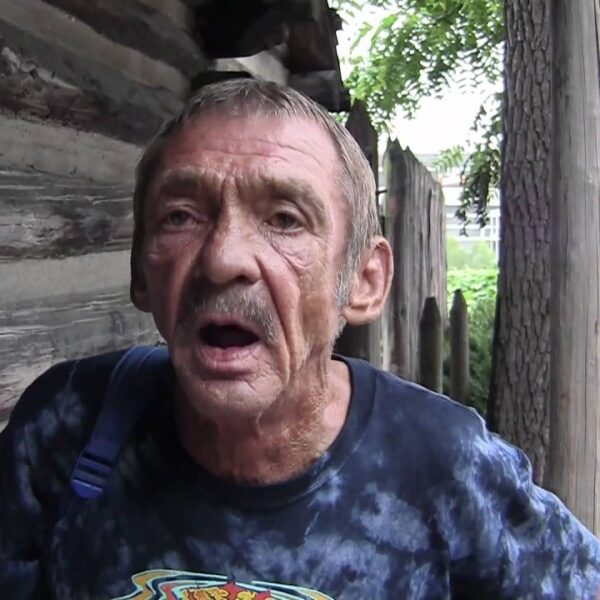When the US military advertises on TV, what they sell is a dream. The viewer sees a fantastical adventure unfolding before their very eyes. It is one where freedom fighters take death-defying leaps of faith, where fighter jets burst through the skies, where soldiers emerge from billows of smoke and march together while drums of victory beat softly in the background.
And through these commercials and in-person recruitment ads, they aren’t just offered a pair of boots and a firearm. They’re offered a once-in-a-lifetime opportunity to take on a whole new identity. This new identity comes complete with a salary, a seemingly free education, and the chance to be a national hero embarking on an epic journey.
We all know the cold reality is much harsher. Soldiers are in wars, not adventures. The events they participate in are likely to mark them for a lifetime, for better or worse. And when they return home from the battlefield, in place of victory music and salutes, they will be greeted with an increased vulnerability to homelessness.
Who Are the 1.5 Million Veterans Facing Homelessness Today?
At this very moment, 1.5 million American war veterans face the very real possibility of falling into homelessness in the near future. This is not to mention those vets whose fate has already been sealed, whose new foxhole is a broken-down vehicle in a dimly lit Walmart parking lot or a corner off the beaten path in an unfamiliar city. To truly empathize with their plight, we must attempt to know them. We must understand how they got here, and the role we all played in their dire situation.
A couple of recent studies set their sights on identifying who was most likely to join the military and why. Current opinion primarily comprises of stereotypical information. Liberal-leaning thinkers are more likely to see soldiers as enlisting out of desperation for finances and/or education. Meanwhile, conservative citizens envision the reason as selfless and community-driven.
In the end, neither camp is exactly right. Instead, about 47% of respondents cited a love of country or sense of duty. Roughly 43% cited the possibility of financial and/or educational gains. Most surprising was the fact that the bulk of people who join the military hail from middle-class backgrounds. They often enlist at the behest of a family member who previously served.
Now we have a clearer picture of who winds up on the battlefield and why. This is a person from an average earning family who feels inspired to follow a family member’s footsteps they view as a hero. Perhaps they enter the militia with a sense of duty, an heir of patriotism, a need for finances and education, or all of the above. What they probably don’t expect is to return home more vulnerable to homelessness than ever before.
How the Number of Vulnerable Veterans was Computed
At least 1.5 million American veterans fit one or more of the following criteria:
- Paying more than 50% of earnings in rent (this condition is known as severe rent burden)
- They are unemployed or underemployed
- They severely lack the familial support necessary to sustain them in a post-war environment
This doesn’t even take into account the number of veterans who are paying more than 30% of their salary in rental costs, which is the lower end of the rent burden spectrum. Veteran unemployment remains worrisome even as the numbers dip because the stats still reflect a higher rate of unemployment now than in the years leading up to the pandemic when veteran homelessness had already begun to lapse.
According to the National Coalition for Homeless Veterans, About 75% of this Community’s Needs Are not Being Filled
For those veterans who are already enduring the harsh reality of living unhoused, the VA suggests only 25% of their needs are being met. This leaves 75% of those needs unfilled, a number that would only increase if more veterans become homeless.
Research regarding specific needs for homelessness amongst individuals who have been in active service is greatly lacking. We know that stress-inducing elements of combat can have adverse effects on quality of life indefinitely. It is unclear how much of veteran homelessness is the result of PTSD and how much of it stems from other factors that are common to veterans and non-veterans alike.
In the years leading up to the pandemic, we as a nation saw a statistically significant decline in veteran homelessness. However, that trend is sadly being reversed. Evidence of this is in the current veteran point in time count and the number of soldiers and former soldiers at risk of becoming homeless in the near future.
For those readers who ascribe to the “bootstrap theory” (i.e., the idea that homeless people need only pull themselves up by their bootstraps), how do you feel about the number of military boots winding up on the sidewalks of random street corners each night?













